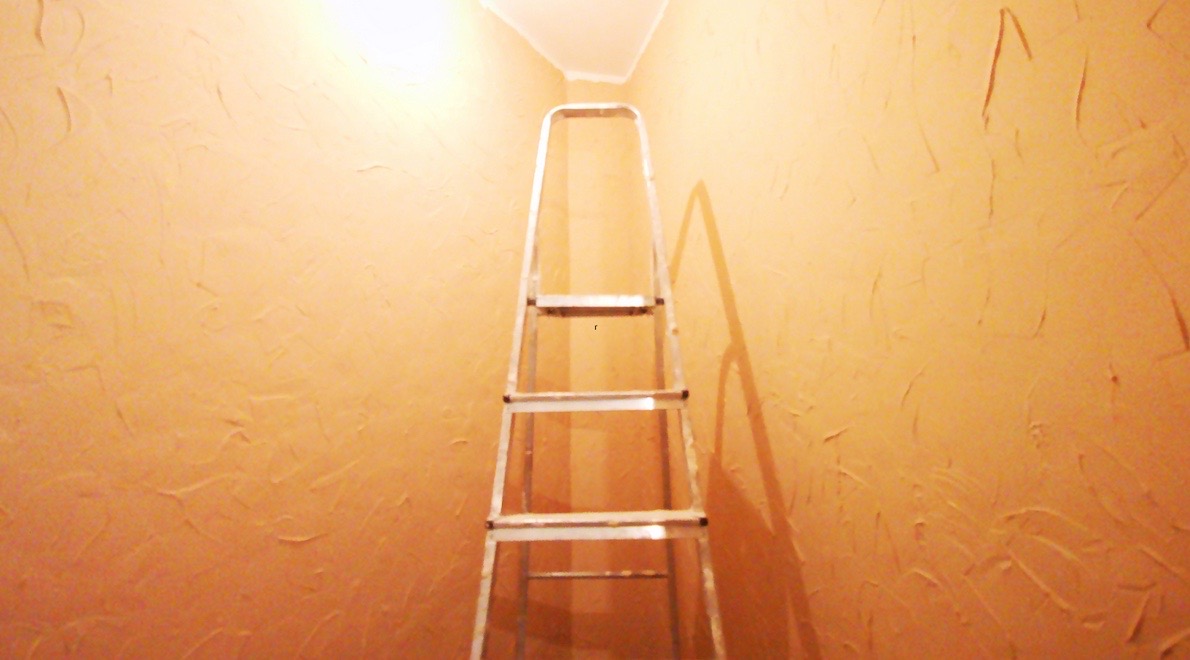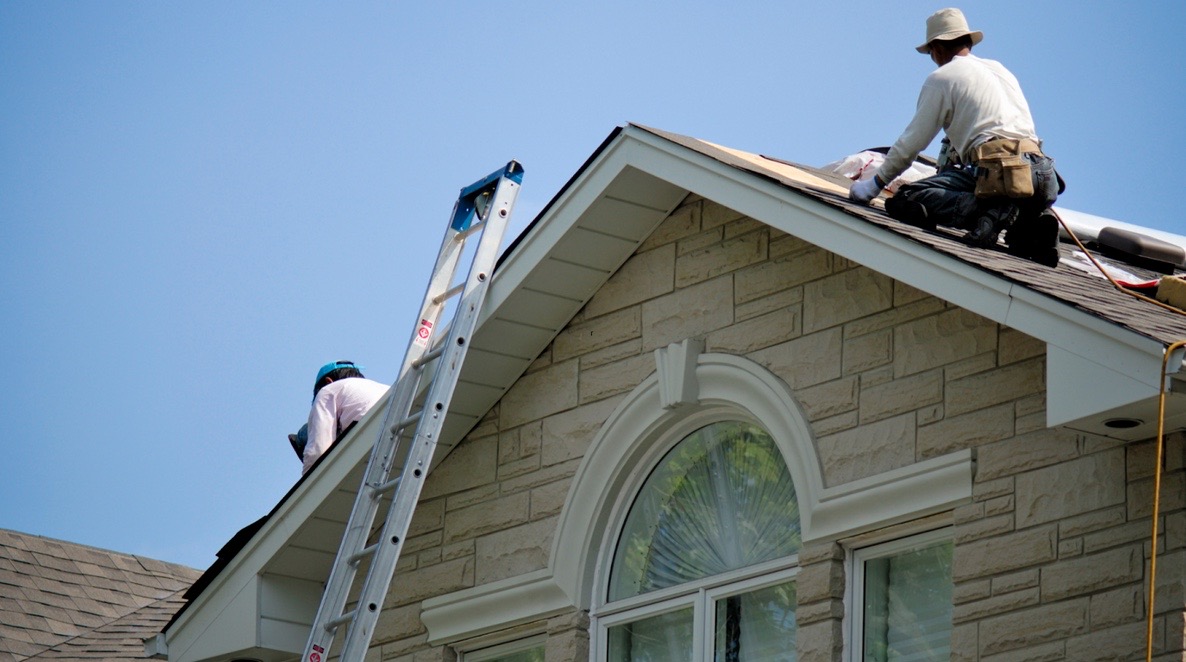Ask any roofing industry professional about their must-have tools, and you can guarantee ladders will be on the list. These inventions help them access your roof and maintain stability while performing vital labour.
Now, roof ladders might not be exciting, but they are a necessity for numerous applications, including laying new shingles, installing guttering and performing general maintenance.
In this guide, we’ll explore the history of roofing ladders and what the future might hold for them.
What are roofing ladders?
First things first, what are roofing ladders? Well, they’re specialised forms of general ladders designed for working on roofs. They have a range of features that ensure professionals can maintain stability while working on roofing projects.
Common features include:
- Adjustable Legs: Many ladders have adjustable features that enable roofers to work on any project efficiently. For example, pitched roofs have more height than flat roofing, but having numerous ladders isn’t practical.
- Hooks: Stability is essential when working at heights, and roofing ladders typically come with hooks or wheels that attach to the ridge, which prevents slips.
- Durable Components: The majority of modern roof ladders use durable materials, such as fibreglass and aluminium. These materials can support heavier people and withstand the elements.
- Non-Slip Steps: Also known as rungs, roofing ladder steps usually have non-slip materials to ensure safety.
The history of roofing ladders
To understand what the future holds for roofing ladders, we need to go back and explore their history. It might seem shocking that ancient civilisations used ladders, but they date back thousands of years.
From mentions of them in the Bible to historians being convinced that the Egyptians used ladders to create their majestic architecture. Cave paintings confirm that the ladders were around at least 10,000 years ago.
Located in the Valencian Spider Caves is a painting that clearly shows men using a ladder to collect honey. The Bible also mentions ladders, but there was no consistent design or material—until 1862.
Mediaeval roof ladders
The magnificent structures that still stand today give us a glimpse into the artistry and construction prowess utilised by our ancestors. They didn’t have access to our technology, yet they still managed to create castles that spark the imagination.
During these times, the simple ladder began to evolve, allowing construction workers to access the heights required for mediaeval architecture. Some ladders were longer, while others had extensions.
In many cases, people would attach ladders, creating additional height.
The first ladder patent
John H. Balsley patented the world’s first step ladder, made of wood. While the invention might seem basic today, it enabled people to access a folding ladder that could assist workers.
While previous ladders used round rungs, Balsley replaced them with steps, creating a safer experience. The invention was a giant leap forward for these practical devices, enabling more people to use them confidently.
The hook ladder
Traditional ladders were ineffective in fighting fires, but the hook ladder promised to offer more stability and flexibility. Developed in France during the early 1900s, the ladder had a traditional wooden design with steel hooks attached to buildings.
While the ladders could scale heights of over 13 ft, they were discontinued in the 1980s due to safety concerns.
Aluminium ladders
Head to your local DIY store or roofing supplies website today, and you’ll see a range of cost-effective roof ladders—but that wasn’t always the case. Prior to the 19th Century, aluminium was a rare material, much like gold.
Gold was probably more accessible than this now relatively common metal. The main reason for this is that limited extraction methods made it nearly impossible for ladder manufacturers to access enough aluminium.
Then, everything changed with the Hall-Héroult process, which enabled specialists to extract the metal from its core – without losing its properties.
By the mid-20th Century, aluminium was widespread, as costs drastically decreased, making the material accessible to everyone.
Modern roofing ladders
In recent years, we’ve witnessed huge advances in roofing ladders due to improved technology and material accessibility. Modern ladders designed for roofing applications have a range of features that promote stability and ensure efficiency.
Common materials
Aluminium is still a popular material for roof ladders, but we’re also seeing fibreglass options available. The material is renowned for its flexibility, durability, and ability to withstand the elements.
Choosing aluminium or fibreglass ladders provides a long-term solution for all-weather roofing projects.
Special features
Safety is a priority when working at heights, and today’s roofing ladders have a range of built-in features. These include rubber feet or spiked options that can dig into shingles, offering more stability.
Section ladders are also easy to use, with their enhanced portability and safety grips. Many models also have wheels that let you manoeuvre while working on roofing projects.
Platform ladders
If you’re working on specific projects, such as gutter repairs or painting, platform ladders offer more stability, with their large platform at the top. Choosing these ladders for specific tasks prioritises safety and speeds up mundane tasks.
What does the future hold for roofing ladders?
With technology continuing to evolve, we can expect more advances for roof ladders. Self-levelling ladders could become commonplace, eliminating the need for manual adjustments and giving roofers more flexibility.
Smart ladders could offer instant alerts and provide valuable data for roofers, preventing accidents.
Of course, we’ll have to wait and see what happens in the next few years, but everything points to exciting developments.
Final thoughts
Roofing ladders will continue to be vital for everything from installations to repairs and general maintenance. No matter what happens in the future, these inventions will always have a place in construction.
E-Roofing is the go-to place for all of your needs. We have a range of professional ladders and roofing accessories at competitive prices.
Stock up today and turn even the most complex project into a hassle-free task. If you need any help along the way, please don’t hesitate to get in touch with our customer service team.







